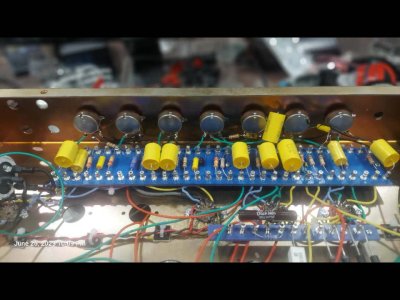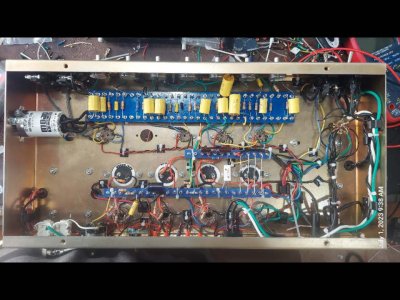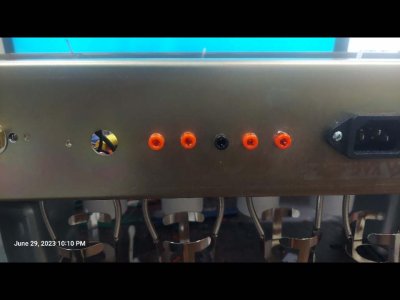ThreeChordWonder
New member
Incoming!!!!
Mojotone Custom 100 kit, which I am led to believe is a Hiwatt 103 " tribute". $829 including Fedex, excluding the case / cabinet / call it what you will, which will be bought later.
Mojotone Custom 100 kit, which I am led to believe is a Hiwatt 103 " tribute". $829 including Fedex, excluding the case / cabinet / call it what you will, which will be bought later.
- 100 watts RMS
- 4 X ECC83 and 1 x ECC81 in the preamp stage
- 4 x EL34 in the power amp stage
- Fixed bias
- Diode rectifier
- 2 channels, "Normal" and "Brill", both with a high and low input, jumper-able
- Independent volumes / gains for each channel
- Master volume
- Usual 3 tones plus a Presence knob
- Switchable speaker impedance



